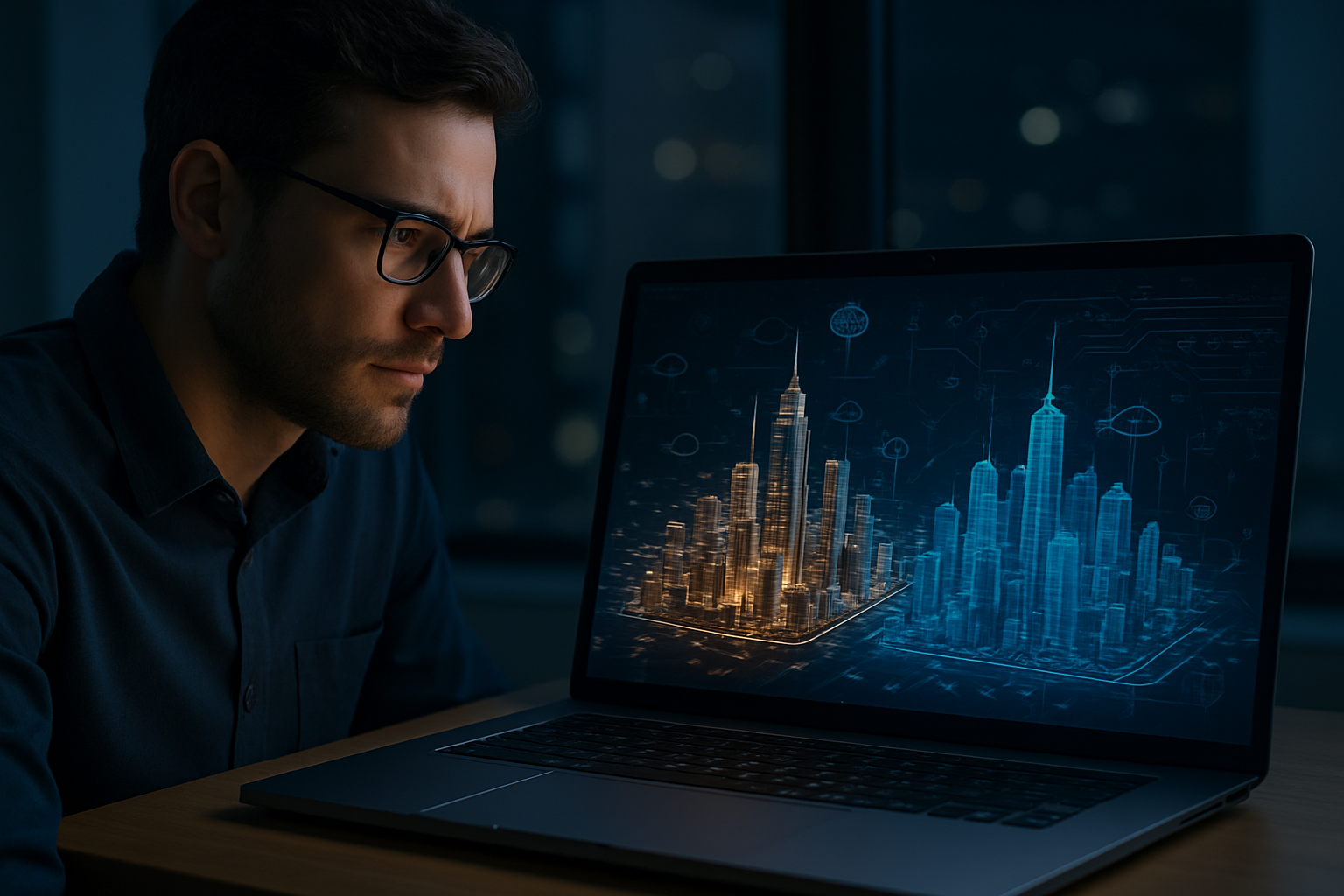Digital Twins: A New Frontier in Tech Innovation
Digital Twins, a concept that was once confined to the realms of science fiction, is now one of the fastest-growing sectors in the tech industry. This advanced technology, which provides a virtual replica of physical assets, systems, or processes, is offering unprecedented opportunities for innovation and efficiency in various sectors. Dive in to explore the history, current trends, and potential impact of Digital Twins on the tech world.

A Glimpse Into The Past
Digital Twins emerged from NASA’s early efforts in space exploration. They were used as ground-based duplicates for analyzing and simulating the conditions of spacecraft in orbit. This allowed the ground crew to test and validate changes without risking the actual spacecraft. Despite its early inception, the term “Digital Twin” was only coined in 2002 by Dr. Michael Grieves at the University of Michigan. It gained traction in the tech world around 2011 when more companies began using it for product development and operational efficiency.
The Present: Digital Twins In Today’s Tech Landscape
In the current digital era, Digital Twins have evolved beyond their initial purpose. They are now deployed in a broad range of industries, from manufacturing to healthcare, transportation, and urban planning. These virtual models allow businesses to simulate, predict, and optimize their operations, leading to improved productivity and reduced costs. For example, Siemens uses Digital Twins to simulate and test their products digitally before actual production. Similarly, the city of Singapore has created a digital twin of the city to optimize urban planning and improve public services.
The Impact of Digital Twins on the Market
The potential of Digital Twins to transform businesses has been recognized by market leaders and analysts alike. According to MarketsandMarkets, the Digital Twin market is expected to grow from USD 3.8 billion in 2019 to USD 35.8 billion by 2025. This growth is driven by the increasing adoption of IoT and cloud-based services, along with the surge in data generation from various sources.
The Future of Digital Twins
The future of Digital Twins extends beyond the business world and into our daily lives. In healthcare, for example, personal digital twins could simulate the impact of different treatments on a patient’s health, leading to personalized healthcare. In the smart cities of the future, digital twins could be used to optimize traffic flow, reduce energy consumption, and improve waste management.
The integration of Digital Twins with other emerging technologies like AI, machine learning, and blockchain could lead to even more innovative applications. For instance, integrating blockchain with Digital Twins could ensure data integrity and security, a critical aspect for industries like healthcare and finance.
Final Thoughts
Digital Twins represent a new frontier in the technological landscape. By bridging the gap between the physical and digital world, they offer a powerful tool for businesses and society as a whole. With the continuous advancement in technology, the potential applications of Digital Twins are limited only by our imagination. As we move forward, it will be fascinating to see how this technology continues to evolve and shape our world.






